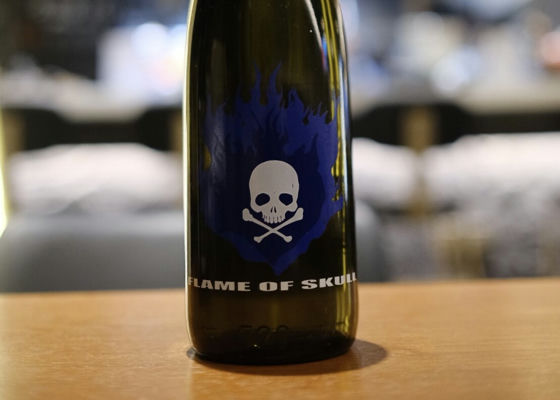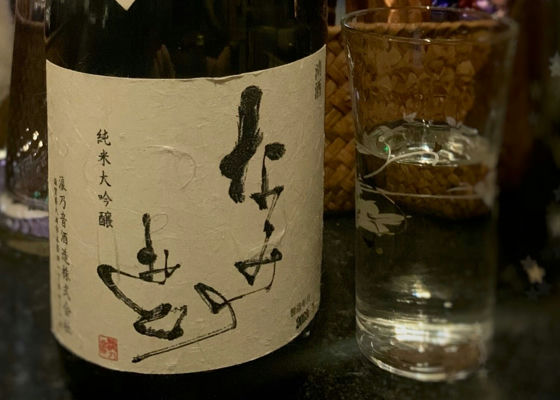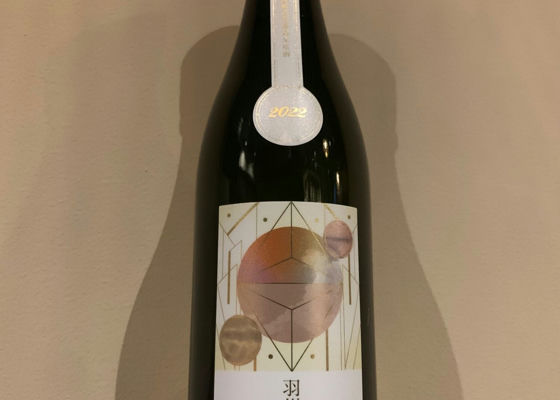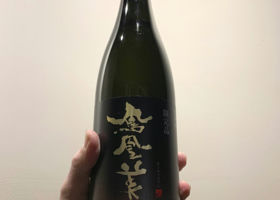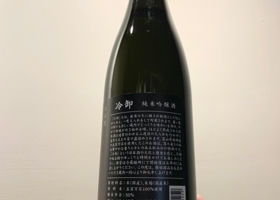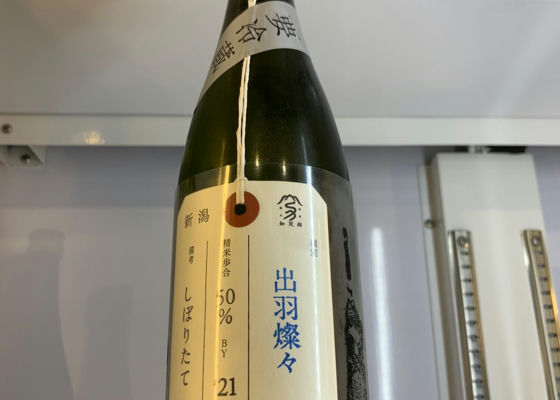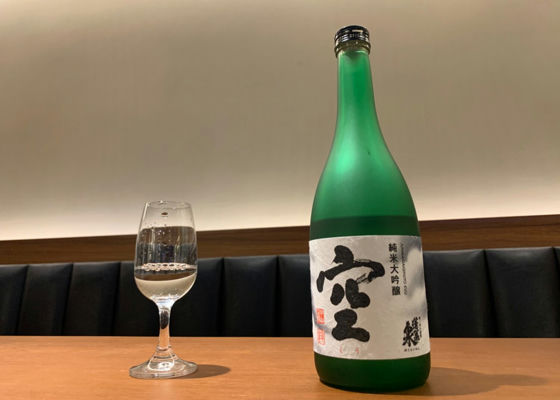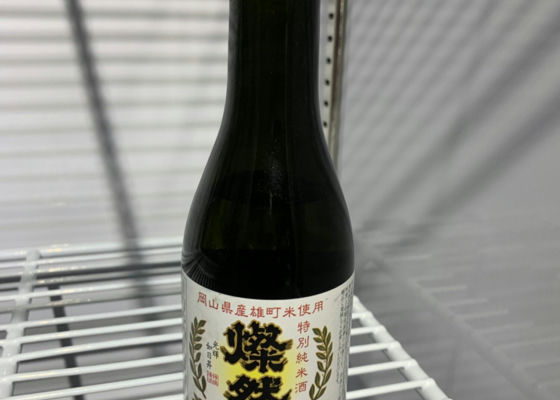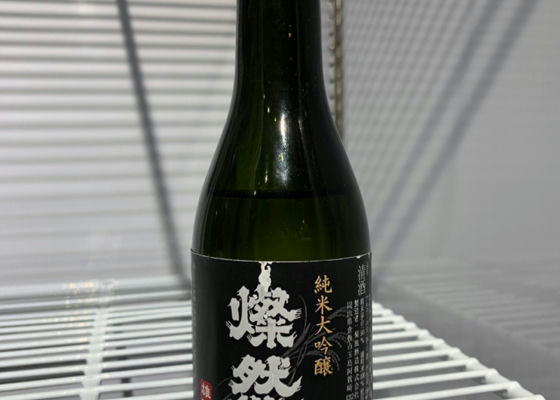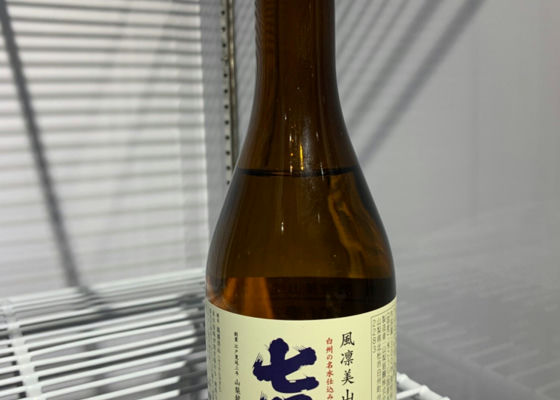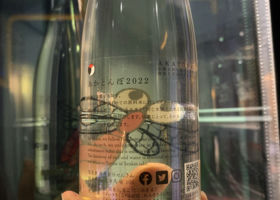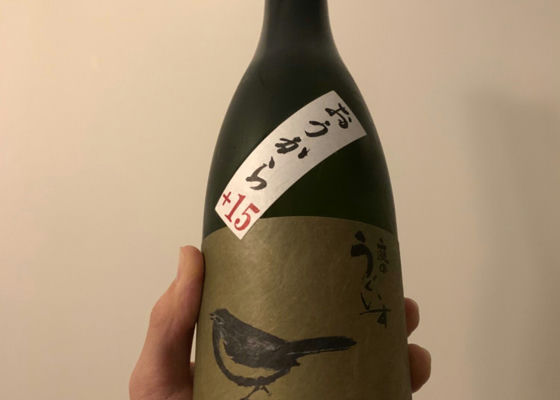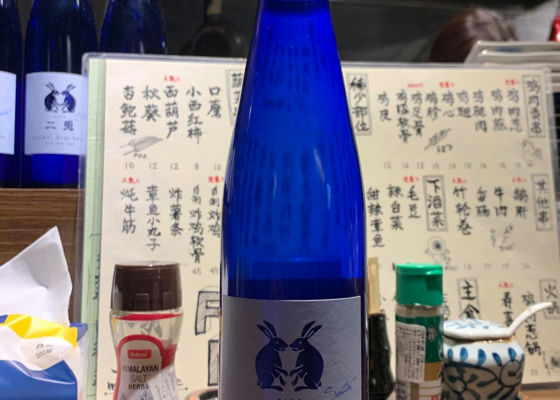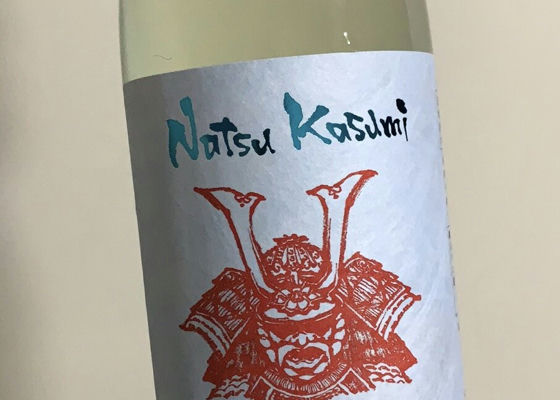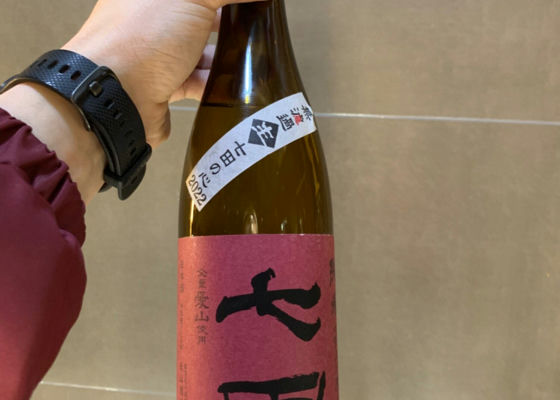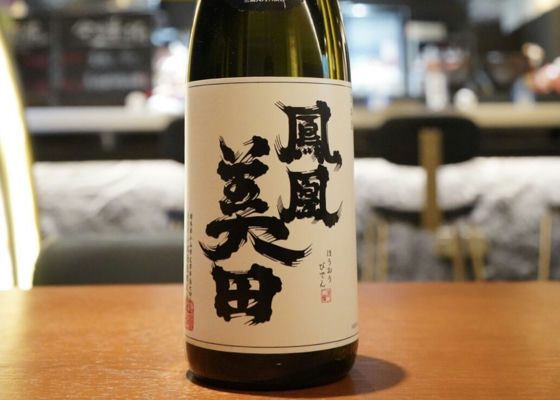
Ryoji
Fenghuang Mida Hijiki Junmaidaiginjo Ikazume
Sake rice: Kameji
Refined rice: 50%
Alcohol content: 16
Release date: November 2022
Slightly yellow in color, light aroma, refreshing aroma similar to grape, and aroma of honeydew melon, nutty oxidized sense and a little alcohol. Alcohol flavor accompanied by sweetness, almost no acidity, bitterness if any, with a medium finish. As it warms up, the alcohol is accompanied by sweetness and rice flavors. If the temperature is raised a little more, the alcohol is stronger, and the overall taste is like white sugar water blended with alcohol, with an average body.
After 5 days in the bottle
Cold: the sweetness, rice flavors and alcohol are better integrated and more pleasant to drink, when the acidity is more pronounced on the sides of the tongue.
9 days after opening
The aroma is clearly downward, with no aroma in the nose and more pronounced will and rice flavors.
Chinese>English
